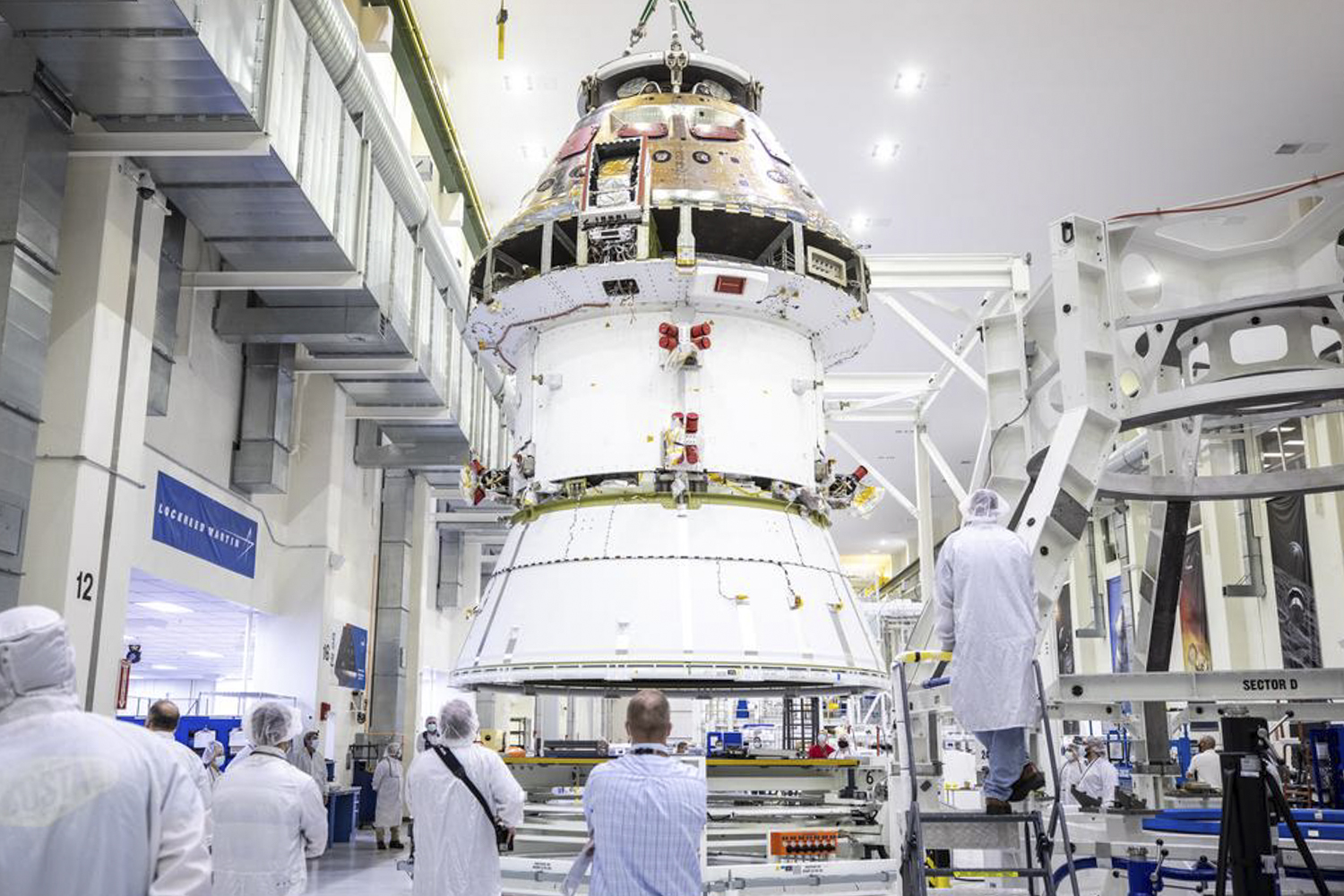
NASA’s deep-space Orion Crew Capsule cleared a key milestone and rigorous review this week at Kennedy Space Center, giving it the GO for flight to the moon next year, kicking off the agency’s Artemis missions and humanity’s first return back since Apollo 17 in 1972.
Program managers conducted both a System Acceptance Review and Design Certification Review, analyzed every spacecraft system, all test data, inspection reports, and analyses that support verification, to ensure every aspect of Orion has the right technical maturity to proceed towards Artemis-1.
“In effect, the review gives the stamp of approval to the entire spacecraft development effort and is the final formal milestone to pass before integration with the SLS rocket,” says NASA. “In addition to spacecraft design, the review certified all reliability and safety analyses, production quality and configuration management systems, and operations manuals.”
Through late August technicians at NASA’s Kennedy Space Center in Florida working on the Orion also completed one of the final major hardware operations on the spacecraft; installing an adaptor cone to the bottom of Orion’s service module, used to connect the spacecraft to another adapter connected to the top of the giant SLS rocket’s interim cryogenic propulsion stage (ICPS). It’s the last major major Orion hardware operation prior to integration with the rocket next year.
But before stacking Orion on the rocket there is still some more work to be done on the spacecraft. Technicians have to install coverings to protect fluid lines and electrical components on the crew module adapter that connects Orion to the service module. Its power-producing solar array wings still need to be installed too, as does the spacecraft adapter jettison fairings that enclose the service module for launch, and the forward bay cover that protects the parachute system.
Testing on the Orion itself wrapped up earlier this year at Glenn Research Center’s Plum Brook Station in Sandusky, Ohio, where it conducted a near 4-month long environmental testing campaign where it was introduced to the same temperatures and electromagnetic environment it will experience in the vacuum of space. NASA put the spacecraft’s crew and service module under simulated extreme in-space conditions in the world’s largest vacuum chamber and powered-on Orion’s systems in vacuum conditions to simulate the space environment, subjecting it to extreme temperatures ranging from -250 to 300-degrees Fahrenheit, in order to replicate flying in-and-out of sunlight and shadow in space.
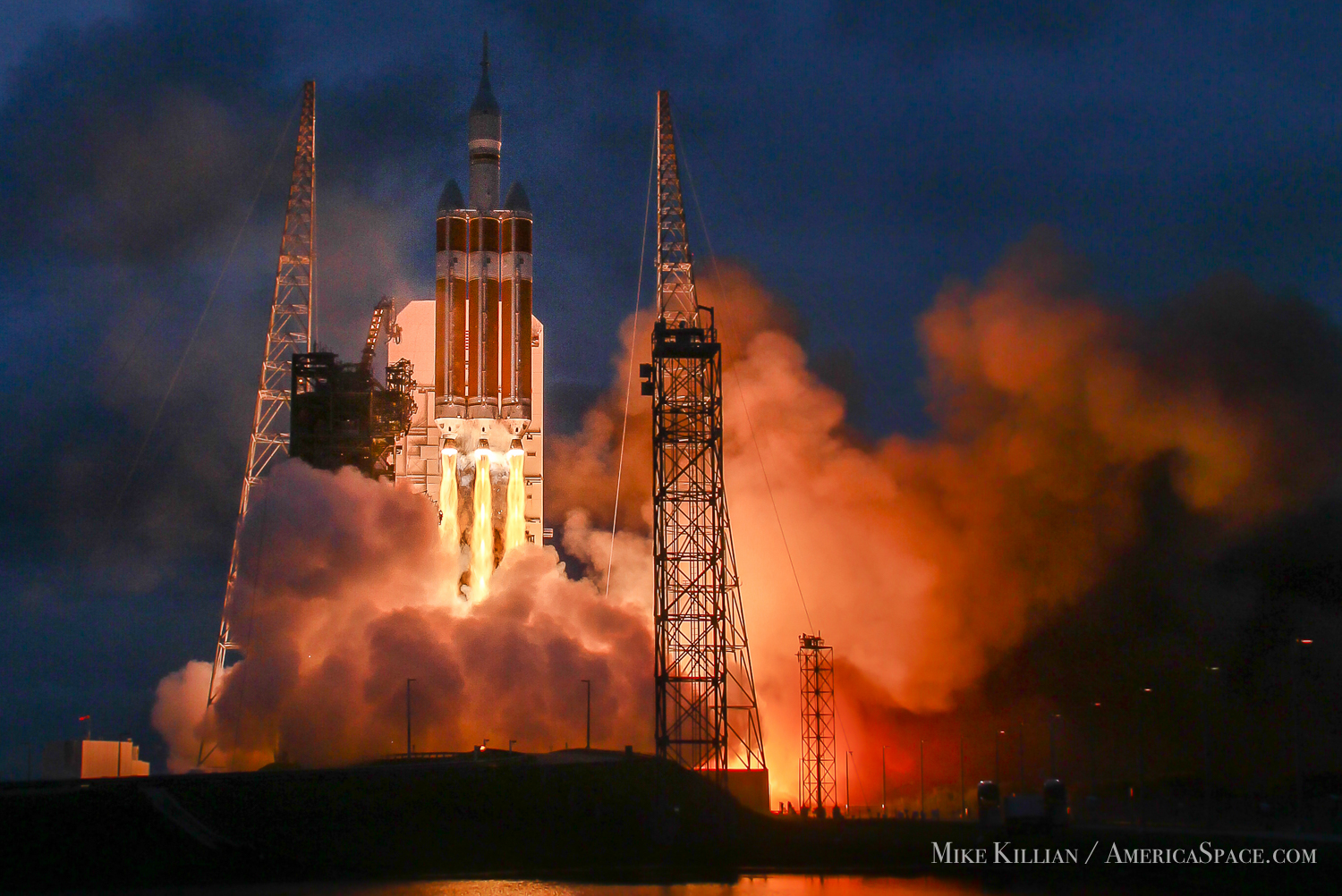
The Orion Structural Test Article (STA) wrapped up testing earlier this summer too, undergoing a punishing series of loads testing to ensure it can withstand intense violence and loads at launch and re-entry, acoustic and modal testing to demonstrate its capacity to handle vibrational stressors, pyrotechnic-shock testing to recreate the harsh blasts of in-flight separation events and a lightning test to assess its response if—like Apollo 12—it were to be struck by lightning during ascent.
In parallel developments, Orion’s ride to the Moon—the gargantuan SLS—wrapped up its own extensive structural testing phase this summer too. Over the last three years, no fewer than five STAs—of the rocket’s upper section, intertank, liquid hydrogen tank, liquid oxygen tank and the engine section at its base—have undergone 199 tests, and 421 gigabytes of data was collected to inform SLS computer modelers.
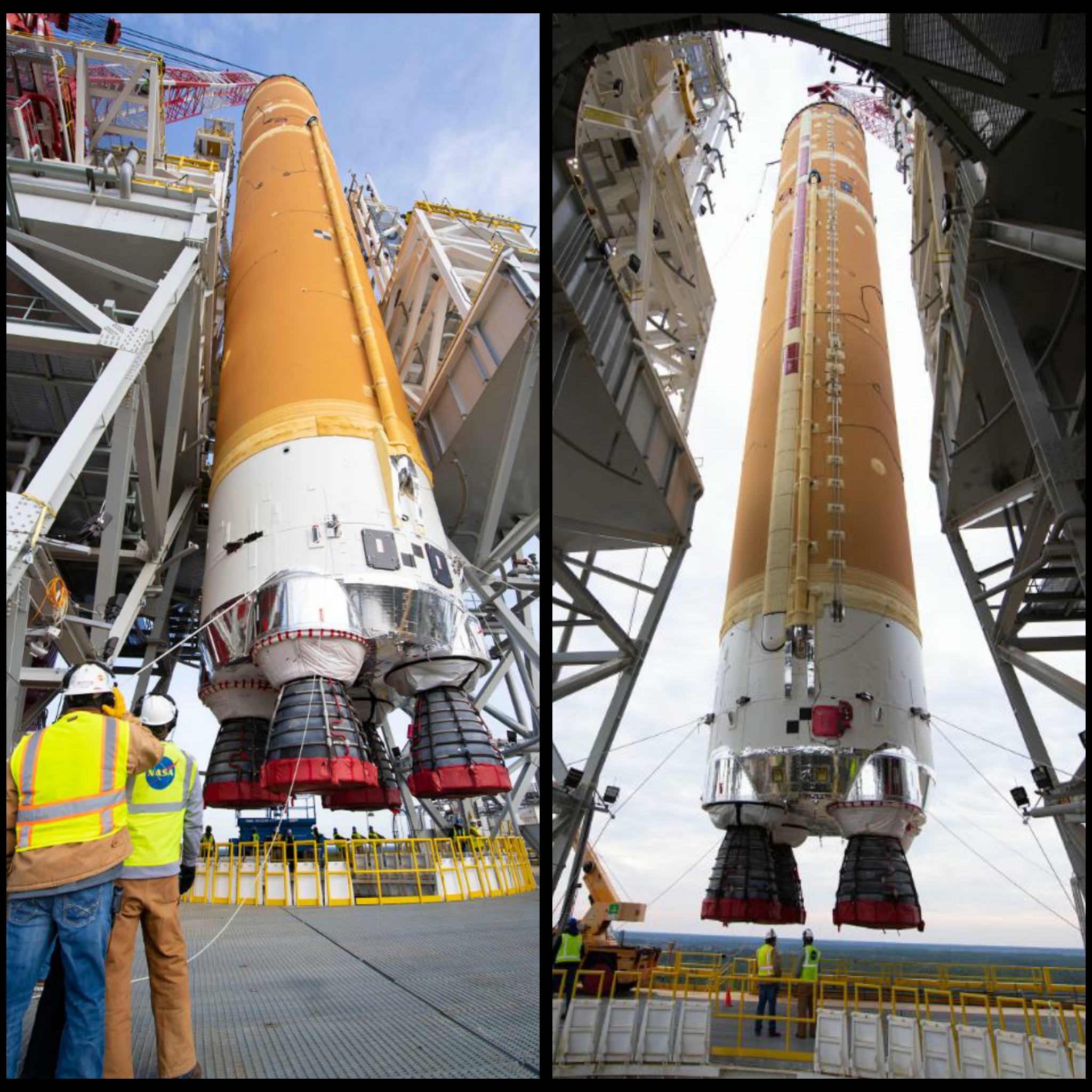
The core of the rocket itself is currently undergoing a major test campaign at the agency’s Stennis Space Center in Mississippi, known as a “Green Run” test series. The Covid-19 pandemic did stall the testing for a while, as did recent tropical storms threatening the Gulf coast, but work has since started again with test 5 of 8 currently underway to check out the rocket’s thrust vector controls and related hydraulic systems. Once that is complete, test 6 will be a launch countdown, test 7 will load and drain more than 700k gallons of fuel, and test 8 will wrap-up the Green Run campaign with a full-duration test fire of the huge core stage by the end of October.
Once that is complete, the rocket will be shipped via NASA’s Pegasus barge to KSC, where its twin solid rocket boosters are now waiting, along with Orion.
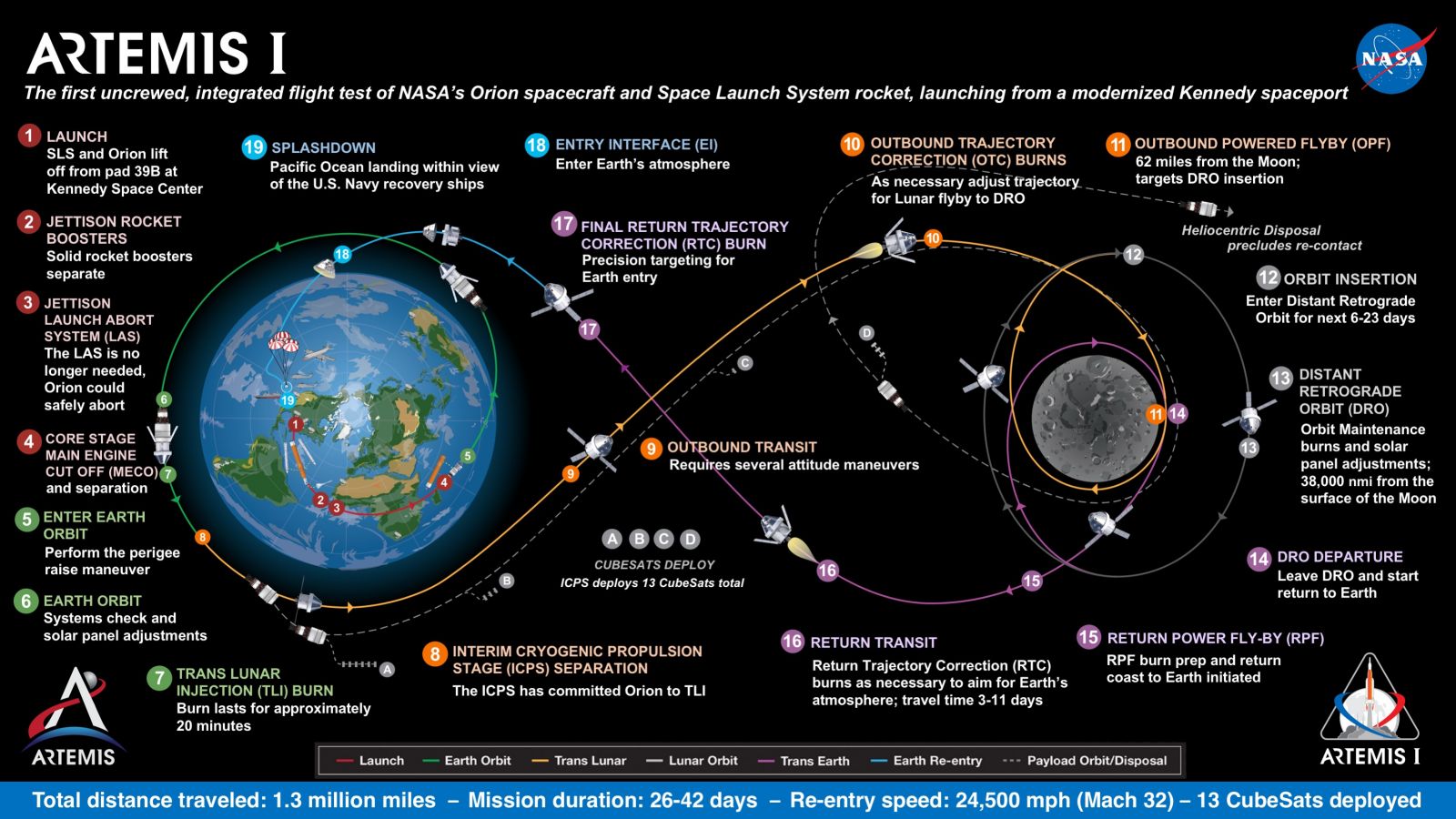
Current planning envisages Artemis-1 mission entering a Distant Retrograde Orbit (DRO) around the Moon, passing as close as just 62 miles (100 km) from the lunar surface and at its furthest point traveling a thousand times more distant than the International Space Station (ISS), some 280,000 miles (450,000 km) from home.
Barreling back home to Earth after three weeks at an estimated lunar-return velocity in excess of 24,500 mph (39,400 km/h), as fast as any of its Apollo predecessors, Artemis-1 will splashdown in the Pacific Ocean, clearing a major milestone for successive missions which aim to send astronauts around the Moon and, in 2024, the first woman and the next man to set foot on its dusty surface.
.
.
FOLLOW AmericaSpace on Facebook and Twitter!
.
.




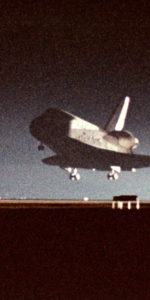
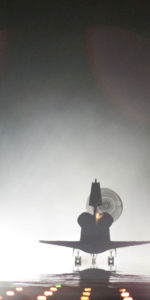
Nasa plans to explore the Moon, Elon Musk is going colonizing Mars. It seems to me this is a hidden competition that will lead our attempts to explore other planets to success and our descendants would be able to choose were to fly to the Moon or Mars as easily as they choose the holiday country now.